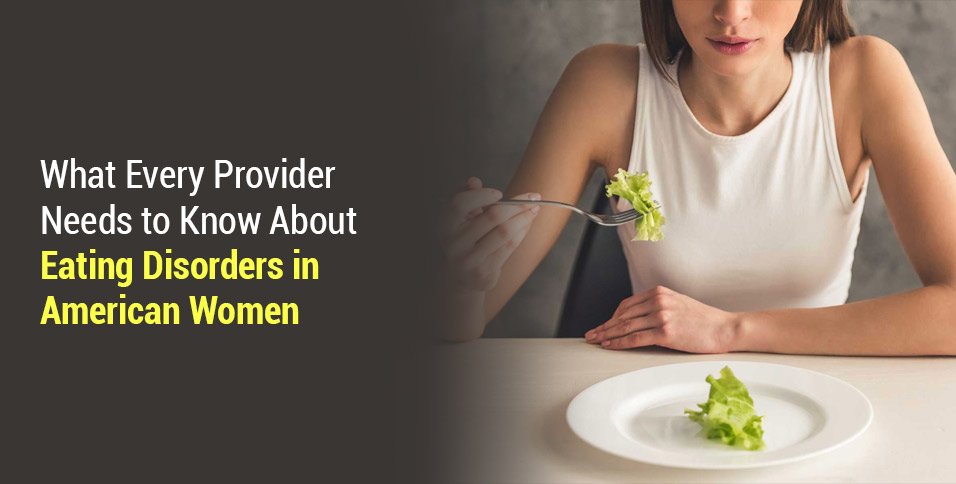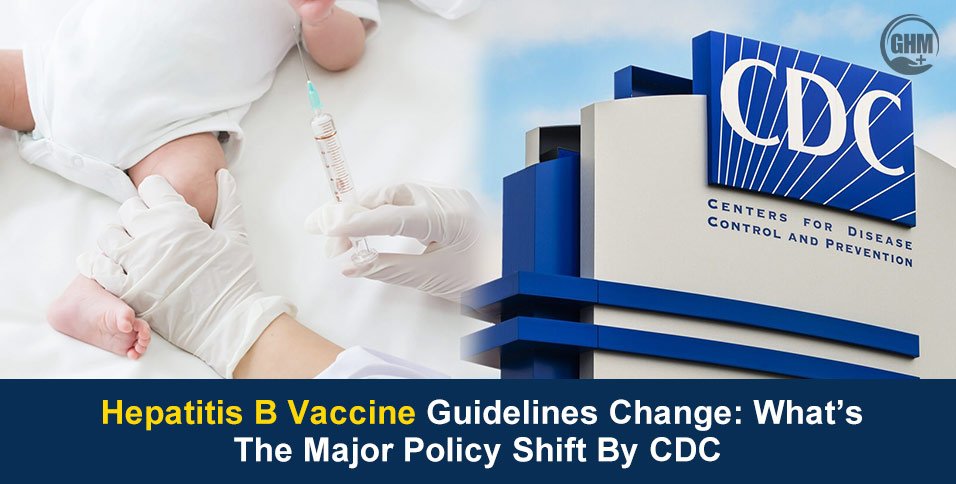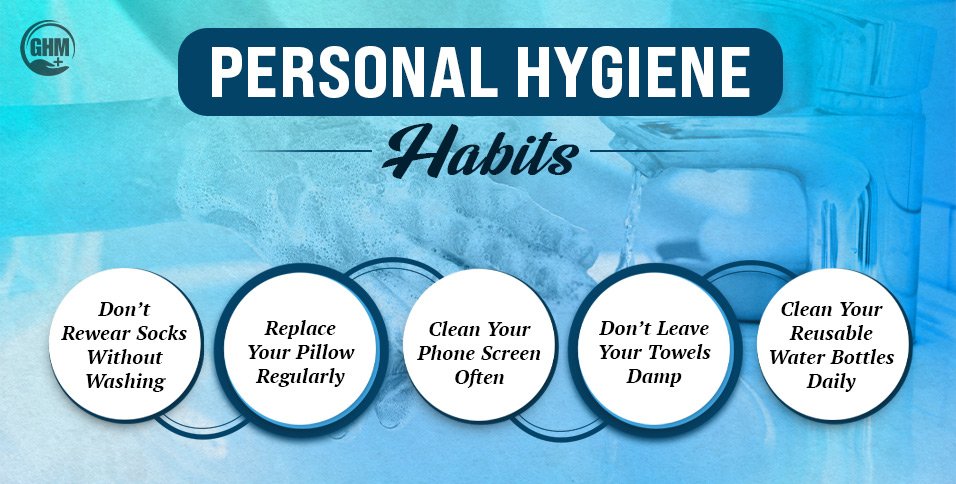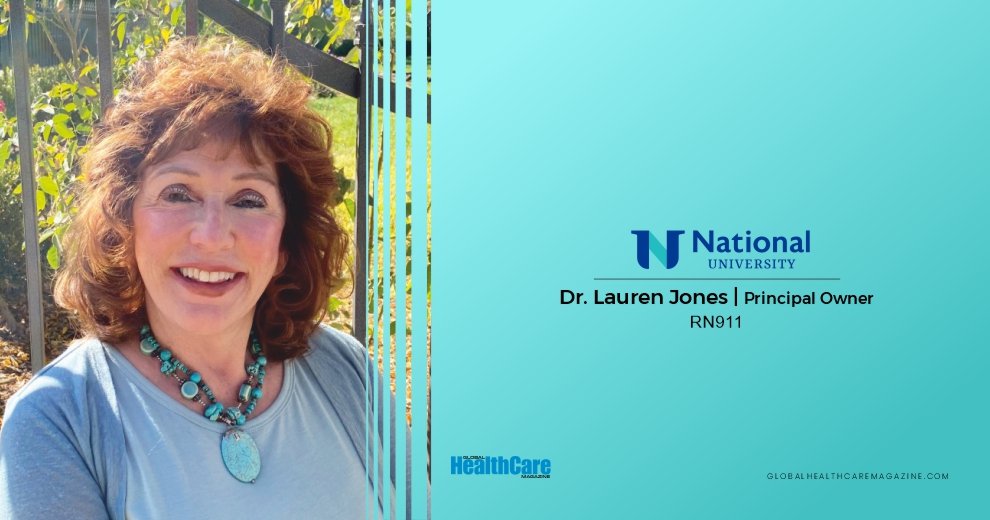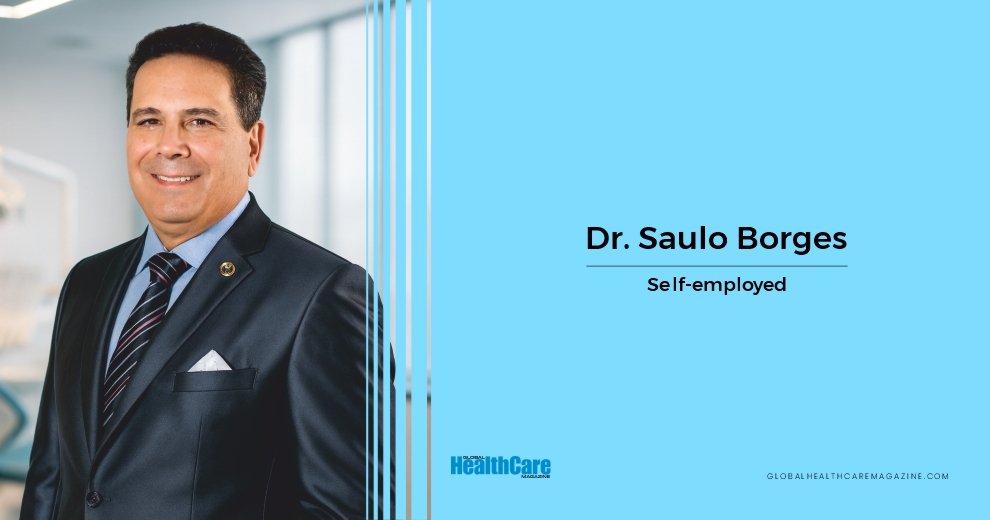The statistics haven’t budged enough in two decades, but the cultural tide certainly has. Conversations around body image and food are louder than ever, splashed across platforms, whispered through trend cycles, dissected in patient interviews. And yet, the epidemic of eating disorders in American women continues quietly, deeply entrenched in the healthcare blind spots where stigma, misunderstanding, and underdiagnosis fester.
Healthcare providers are often the first line of recognition, but even seasoned clinicians can miss the warning signs, especially outside of stereotypical patient presentations. The burden isn’t just clinical; it’s social, psychological, and often fatal. Eating disorders claim more lives than any other mental illness aside from opioid use disorder. For American women—across race, income, and age—that risk is now embedded in daily life. And the field isn’t keeping pace.
What We’re Still Getting Wrong About Presentation
Providers still carry assumptions that keep diagnosis rates low and suffering high. Too many assume eating disorders are present in thin, young, affluent white women. While that population is affected, it’s a dangerously narrow lens. Black and Latina women are less likely to be diagnosed, despite equal or higher rates of disordered eating behaviors. Older women are almost invisible in research and care pipelines, even as menopause and midlife trauma bring food issues to the surface. The LGBTQ+ population, particularly transgender individuals, reports alarming rates of body dysmorphia and restriction that often go overlooked or misclassified.
Clinicians should also reframe their understanding of what these disorders look like functionally. An adult woman who runs five miles daily and fasts until 2 p.m. might not raise alarms if her BMI appears “normal.” But diagnostic criteria don’t always catch the lived behaviors or obsessive thoughts driving the disorder. Orthorexia, while not formally recognized in the DSM-5, is presenting more often under the umbrella of clean eating trends and restrictive wellness culture. The “healthy” aesthetic can mask deep dysfunction and escalating psychological risk.
Stress, Perfectionism, and the American Female Experience
Eating disorders rarely live in isolation. They thrive in the soil of anxiety, trauma, and control—often tightly wound into the narratives that American women are taught to follow. From a young age, many girls internalize the message that discipline equals worth, that striving is survival, and that achievement must be earned at all costs. Food becomes an easy stand-in for control in a world where expectations are both contradictory and relentless.
The intersection with perfectionism is well established in the literature, but in practice, it’s not always easy to spot. A woman may present as high-functioning, excelling in work or caretaking roles, while quietly spiraling into a cycle of restriction, binging, purging, or obsessive tracking. Social media often amplifies this dynamic, rewarding body changes or “clean eating” with external validation and further entrenching the disorder.
The COVID-19 pandemic didn’t start the fire, but it threw gasoline on it. Isolation, increased screen time, disrupted routines, and heightened stress all contributed to a spike in eating disorder cases—especially in adolescent girls, where ER visits for eating disorders doubled during the pandemic peak. And while public conversation has started to normalize mental health care in general, the stigma around food and weight-based issues remains disproportionately high, particularly in primary care environments.
Screening, Detection, and the Gaps We Can’t Afford
Early detection is where the field continues to lag. Standard annual checkups rarely go deep enough. Patients often aren’t forthcoming, not out of deception, but because their behaviors feel normal to them. In a culture where disordered eating is often socially sanctioned—through dieting, intermittent fasting, overexercising, and food guilt—it’s hard to know where the line is, even for patients.
Effective screening means going beyond weight and BMI. Tools like the SCOFF questionnaire are useful, but they should be delivered in a setting that feels safe, shame-free, and routine, not exceptional. Conversations around food and body image should be embedded into standard mental health assessments and not reserved for when something “looks off.” Because by the time it does, the patient may be in deep.
And let’s be honest: many patients are dealing with far more than just disordered eating. Comorbid depression and anxiety are common, but so are trauma histories—often buried, unspoken. Sexual violence in particular has a strong correlation with eating disorders, and providers who don’t ask won’t know. The goal isn’t to turn every well visit into a deep-dive psych eval, but to normalize curiosity and listen closely. Patients will tell you what you need to know if they feel safe enough to do it.
Medical Complications That Get Brushed Aside
The physical fallout of eating disorders doesn’t always scream for attention. It simmers. Electrolyte imbalances, amenorrhea, osteoporosis, cardiac arrhythmias, slowed GI motility—all of it can be missed or misattributed without a keen eye. And in larger-bodied patients, these complications are sometimes outright dismissed because their weight doesn’t “look” like it’s dropping.
Particularly in restrictive-type anorexia nervosa, we still see clinicians underdiagnosing due to an overemphasis on weight thresholds. But many patients engage in severe restriction without ever dipping below a “normal” BMI. They are medically unstable, nonetheless. Atypical anorexia, now formally recognized in the DSM-5, should be approached with the same clinical seriousness, and yet many providers still approach it with uncertainty or minimize its danger.
GI complaints are often a doorway into these cases. Bloating, reflux, constipation, early satiety—all common in patients restricting food, abusing laxatives, or bingeing. A full GI workup without psychological screening wastes time and misses the bigger picture. Integrating behavioral health into GI and women’s health clinics isn’t a luxury. It’s overdue.
What Treatment Can Look Like When It Works
Access to care is a steep uphill battle, but quality treatment exists—and when it’s personalized, collaborative, and long-term, it can be life-saving. Levels of care range from outpatient therapy to full residential programs, with many patients needing to move through more than one level over time. The therapeutic relationship remains foundational, especially in building trust with patients who may be ambivalent or deeply ashamed of their behavior.
Treatment centers that specialize in women’s care often take a more nuanced approach to trauma, comorbid conditions, and long-standing body image distortions. They also know how to navigate the social dynamics—parenting while in recovery, aging and body change, or returning to a work culture that rewards discipline above health.
Learn more at montenido.com, CasaCapriRecovery.com or centerforchange.com. These programs offer gender-responsive, trauma-informed care that doesn’t just treat symptoms but gets at the underlying story driving the disorder. And patients don’t age out. Eating disorders in midlife and beyond are on the rise, and good treatment recognizes that recovery can start at any age.
Final Thoughts
The epidemic isn’t new. But our approach to it still feels far too passive, especially in clinical spaces that see women regularly. If providers don’t name it, screen for it, or validate it, patients won’t either. We need sharper eyes, softer language, and the willingness to ask uncomfortable questions. Because eating disorders aren’t always loud. Sometimes they whisper. Sometimes they look just like wellness. And sometimes they’re killing our patients while we’re focused on everything else.

